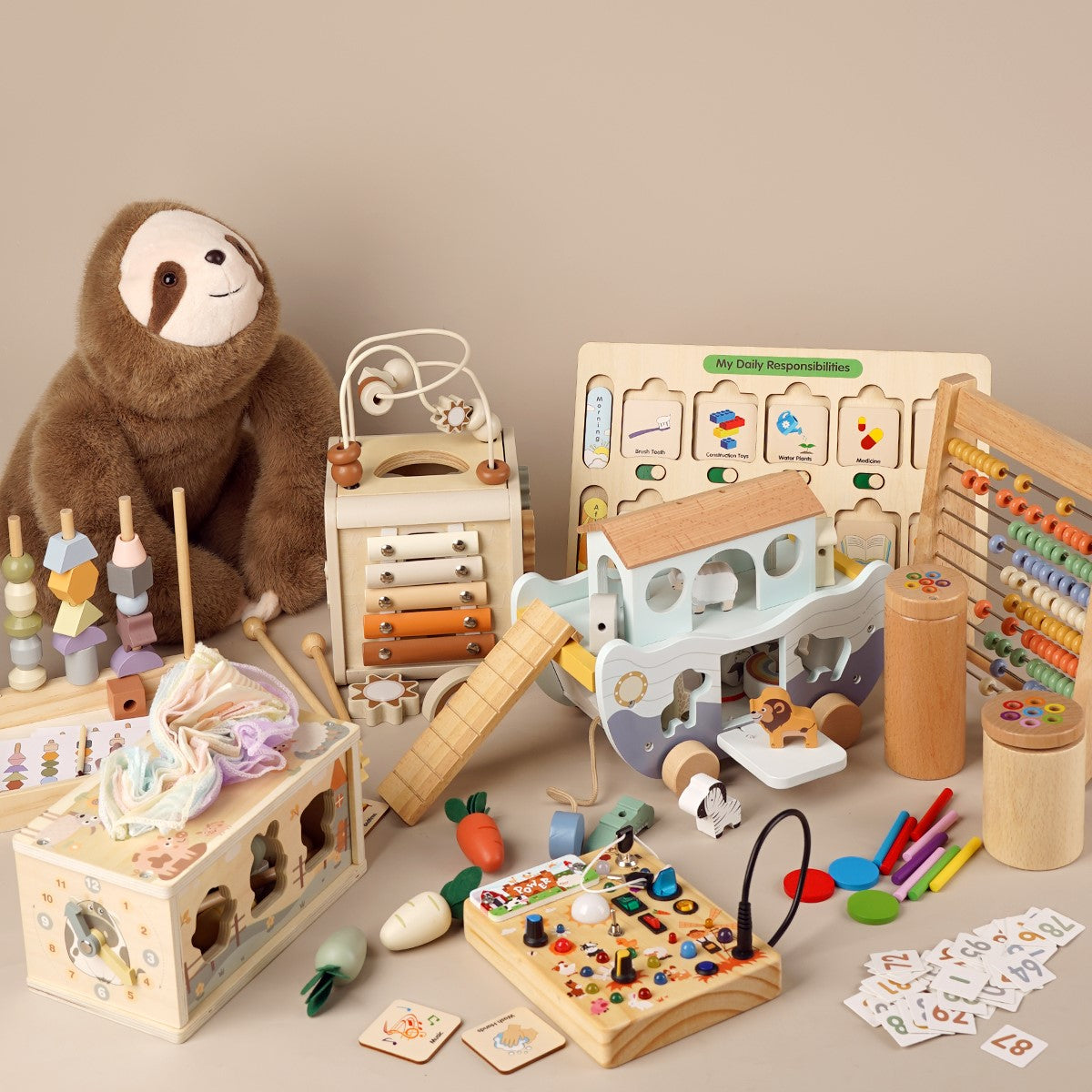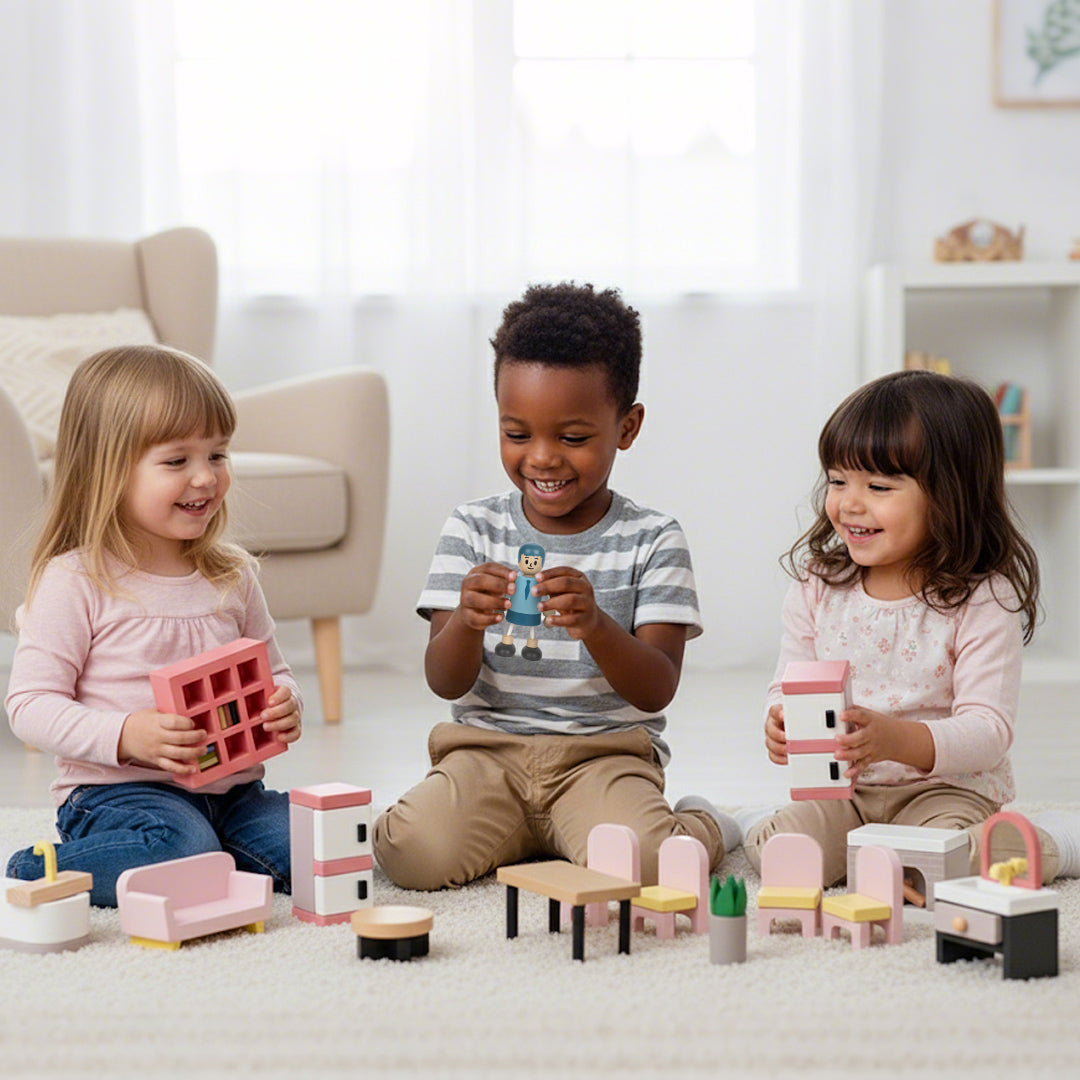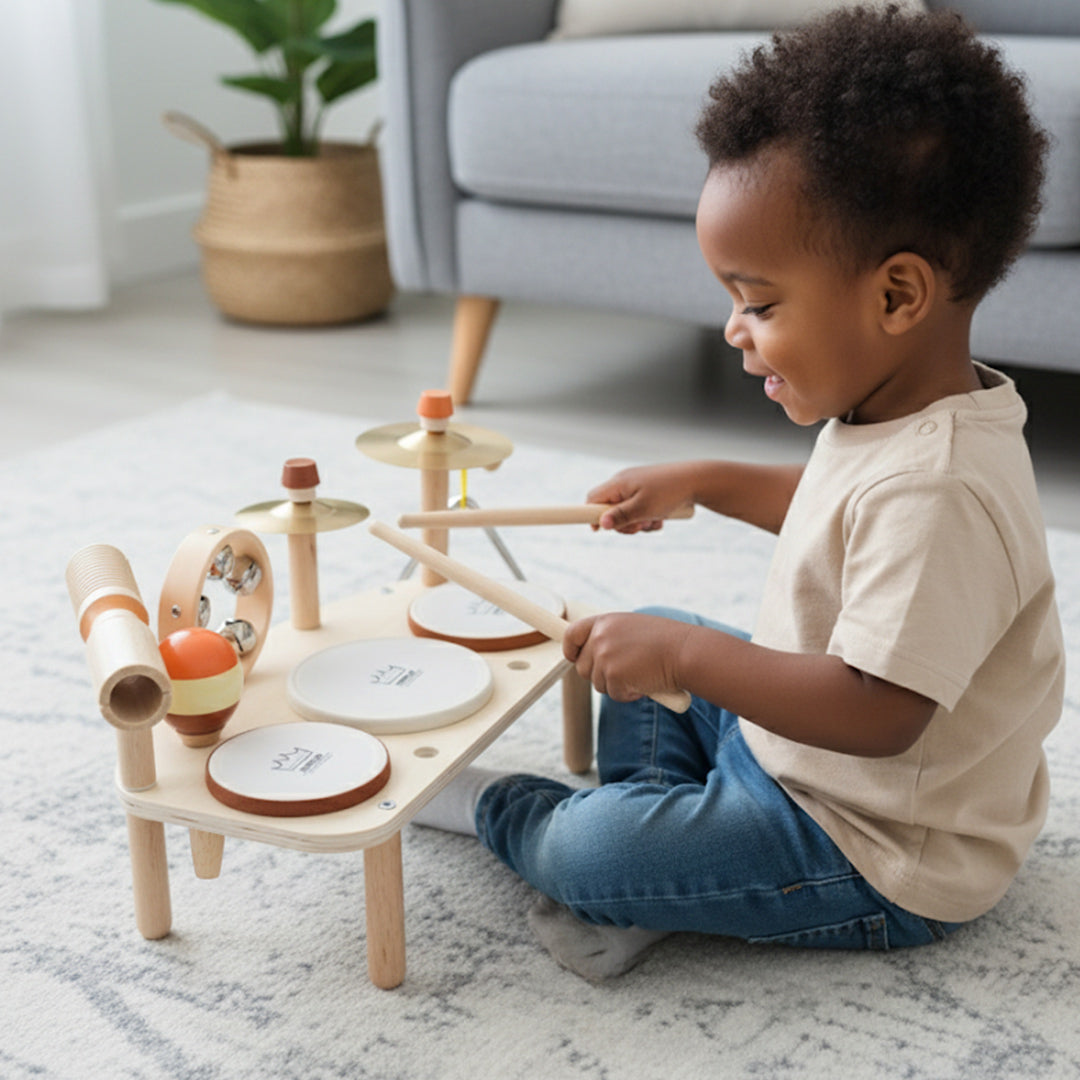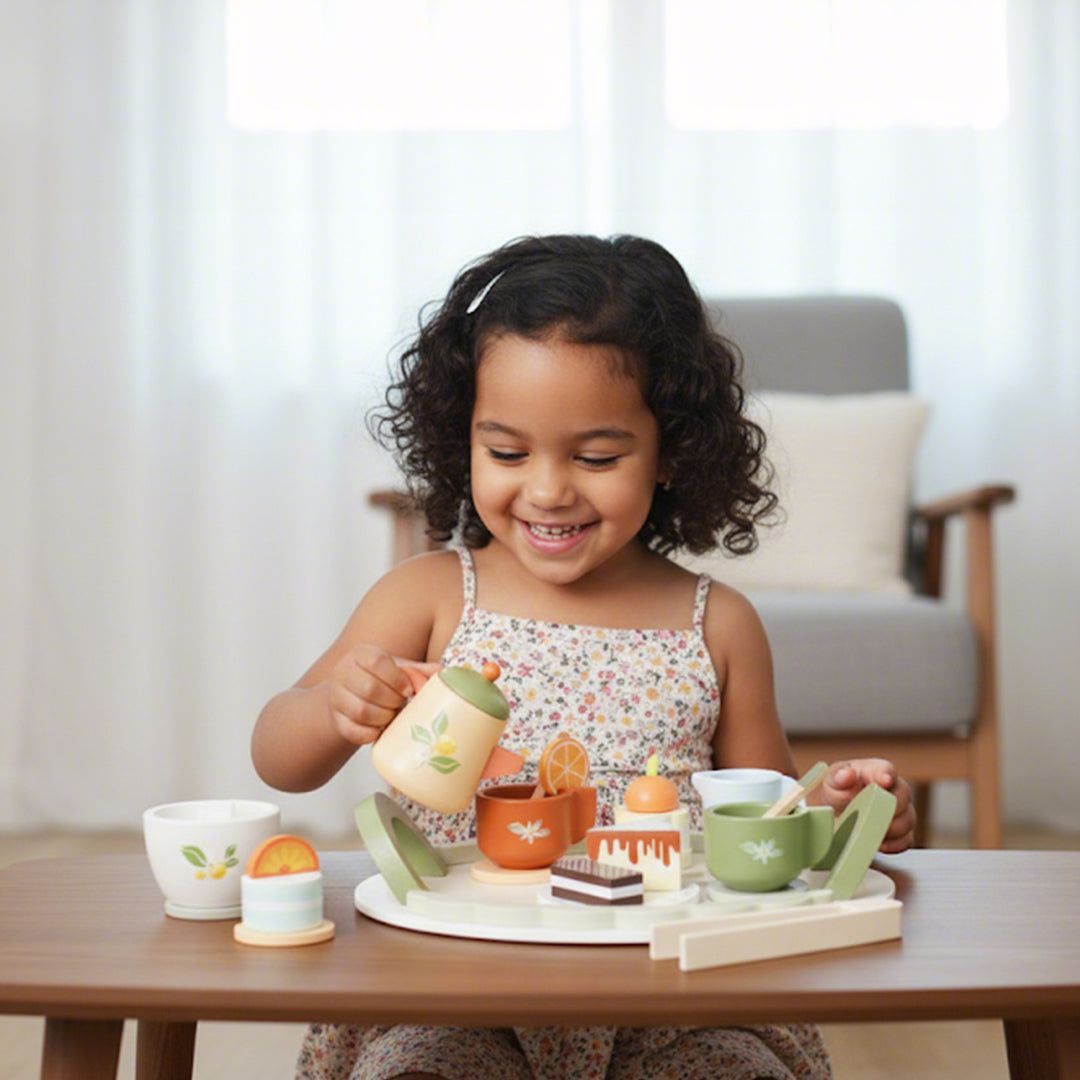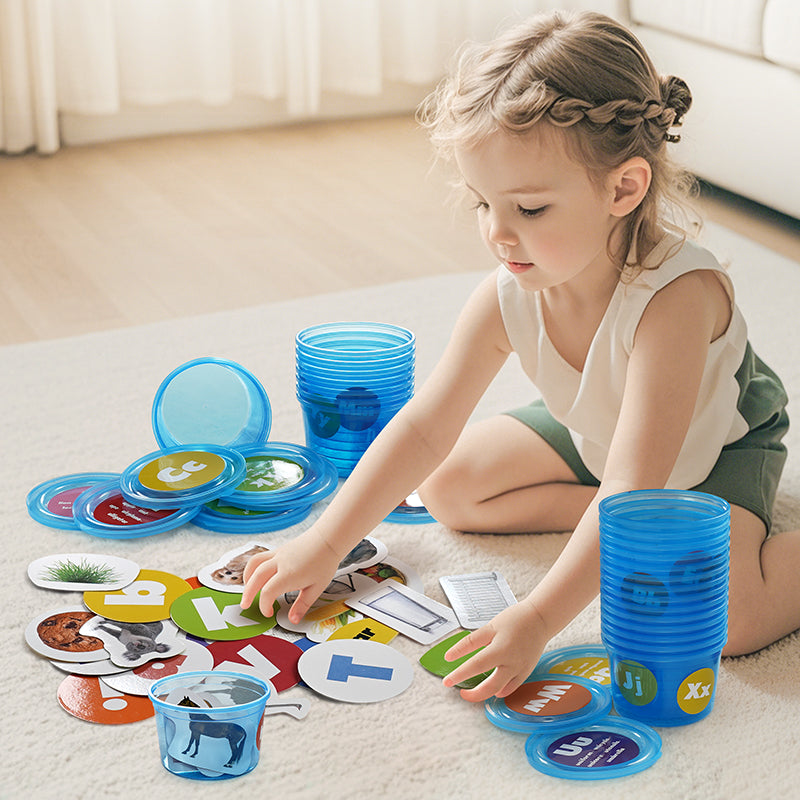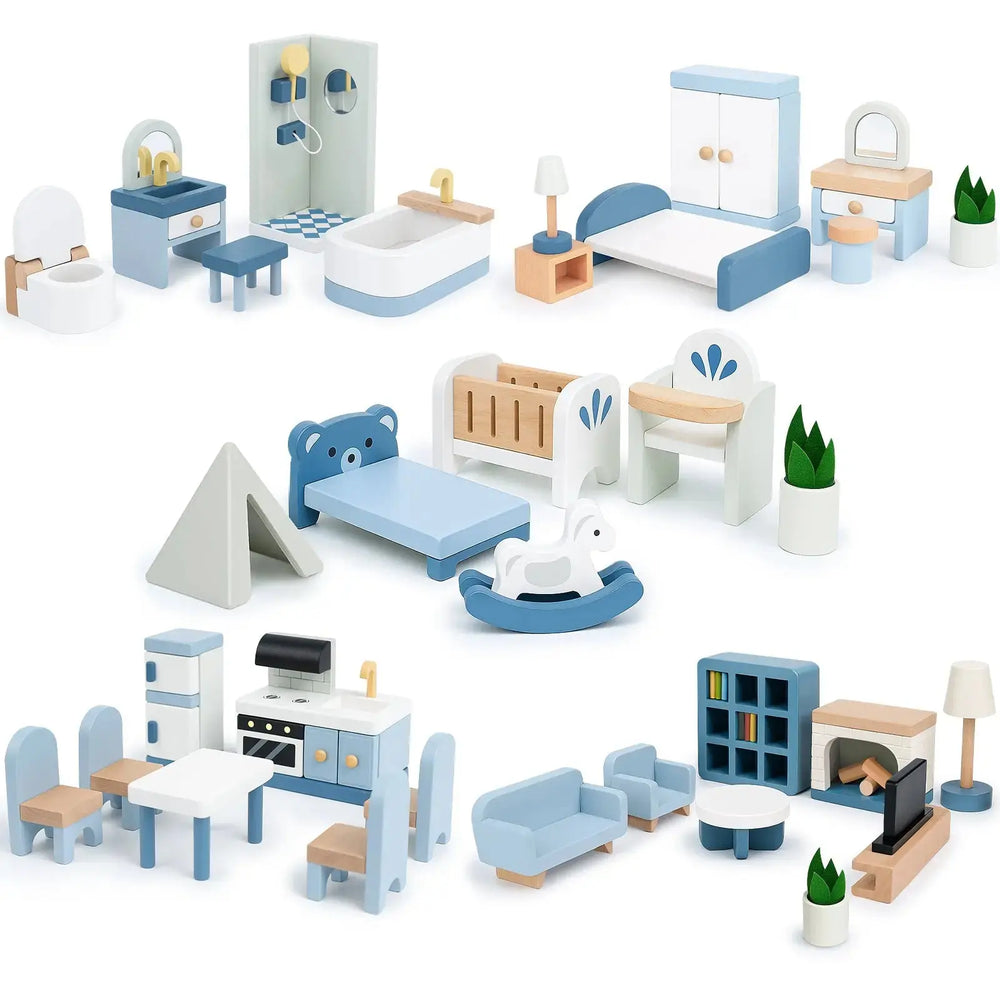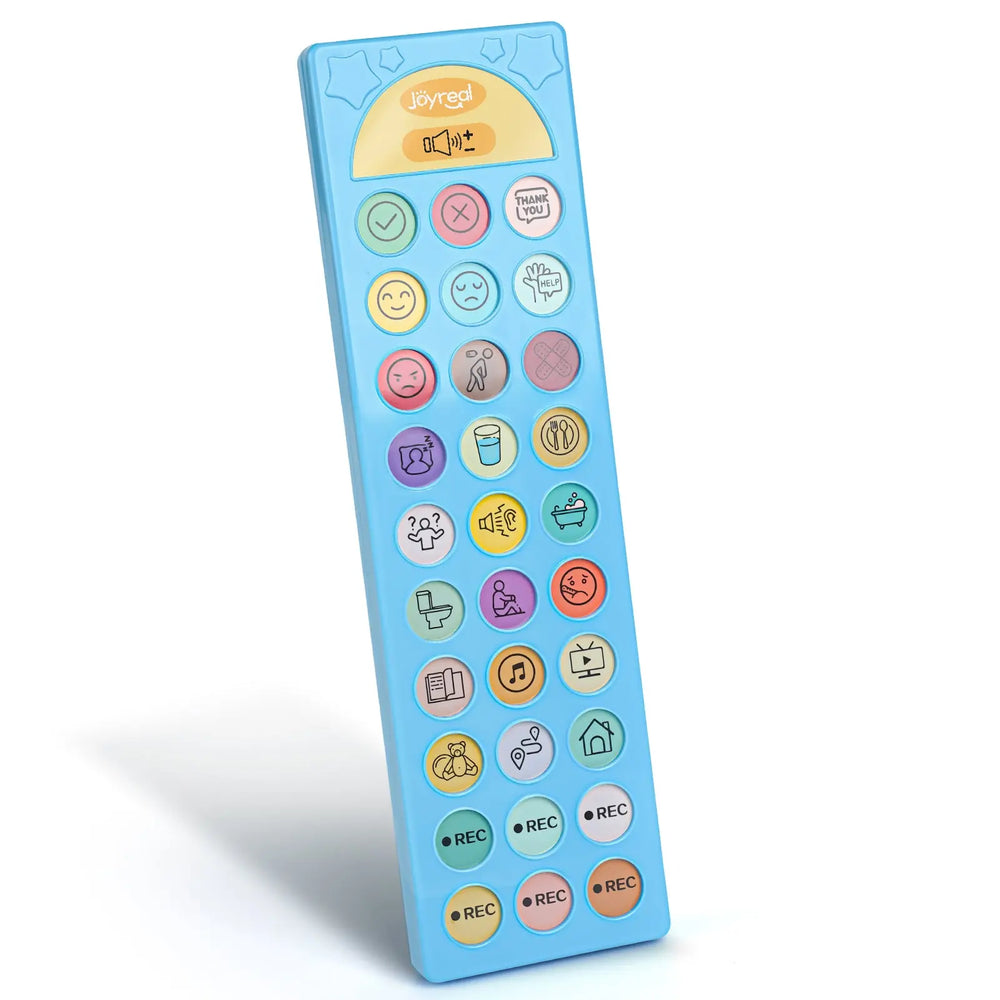Starting Preschool: The Must-Have Back-to-School Checklist for Parents

As you check off pencils, folders, and lunchboxes from your back-to-school supply list, consider this: what if the most essential tools for your child’s school success aren’t just in their backpack—but on their play shelf? Beyond the basics, it’s the discovery-driven essentials that prepare kids for school with confidence and curiosity. The back-to-school season isn’t just about backpacks and supplies; it’s also about setting the stage for a successful learning journey. The skills children develop at home—whether it’s basic cognitive abilities, time management, creativity, or emotional expression—are the building blocks for their future success. At Joyreal Toys, we believe that the skills children cultivate at home aren’t just stepping stones—they’re the foundation for their school journey. From nurturing cognitive growth and fostering time management, to encouraging creativity and emotional resilience, we provide tools that make learning fun, natural, and, most importantly, enjoyable.
How Parents Can Set Up for a Successful School Year
While learning the alphabet and numbers is crucial, it doesn’t have to start with drills and flashcards. In fact, the best way to lay a foundation for these skills is often through play.
1. Morning & Evening Routines + Playful Learning
Play First! Encouraging children to play freely is an excellent way to kickstart their interest in learning. For example, using schedule boards can help them understand daily routines, while an introductory piano set can get them exploring sounds and notes in a relaxed, pressure-free environment. These tools not only nurture their curiosity but also help them grasp important concepts without the stress of formal academic lessons. The goal is to make learning feel natural and fun!
✨ Schedule Board: Routines Made Playful

Ease your child into the rhythm of the school year with a visual schedule board. Whether it’s a colorful magnetic chart or a simple DIY checklist, children thrive on seeing what comes next. But here’s the twist—include playful blocks like:
- “ABC Time”
- “Piano Fun”
- “Creative Corner”
This approach doesn’t just teach time awareness—it builds autonomy and excitement. By making play part of the routine, kids learn to self-regulate and anticipate transitions with joy, not resistance.
🎹 Mini Keyboard: Music as a Pre-Academic Superpower

Instead of jumping straight into flashcards and phonics, offer a mini keyboard or sound piano. Let your child explore musical notes through curious fingers and joyful noise. No pressure to perform—just sound discovery at their own pace.
Musical play introduces patterns, fine motor control, and auditory focus—skills that align beautifully with language and math development. Better yet, it invites them to explore, experiment, and make connections naturally.
2. Busy Boards: Fine Motor Skills & Problem-Solving
If you want to see your child focus and solve problems independently, consider using a
montessori busy board. These Montessori-inspired toys are designed to improve fine motor skills, finger strength, and problem-solving abilities. Activities like unzipping, buttoning, and latching help children build hand-eye coordination while keeping them engaged.
Tiny Hands, Big Wins! Busy boards allow kids to focus for long periods—sometimes up to 20 minutes—helping them develop patience and concentration. More than just fun, these toys help them develop critical life skills that will serve them well in school and beyond.
3. Dollhouses: Fostering Creativity & Emotional Expression
New! Where Little Stories Grow— Dollhouses are more than just toys; they are a fantastic way for children to cultivate creativity and practice emotional intelligence. In these miniature worlds, kids can role-play family scenarios, learning how to express emotions, share, and practice empathy with their "characters."
Through imaginative play, children explore a wide range of situations—helping them build social skills and emotional awareness. Playing with dollhouses encourages them to think critically about family dynamics, friendships, and problem-solving. It’s the perfect preparation for preschool social interactions, where emotional expression and understanding are key.
4. Sensory Exploration Series: Spark Curiosity & Cognitive Growth
Sensory exploration is a vital part of early childhood development. Through sensory toys, children can discover and interact with their environment in a way that boosts cognitive development and builds curiosity.
Our Sensory Wonder series is designed to engage all five senses, helping children connect with the world around them. These toys introduce new textures, sounds, and colors, which not only stimulate their cognitive abilities but also enhance their ability to process and interpret sensory information. Sensory exploration nurtures the development of their motor skills, coordination, and overall brain function.
5. Little Helpers Series: Supporting Children with Special Needs
Every child has unique needs, and those with special needs require extra support. But it’s important to remember that “special needs” simply refers to “individual needs.” With the right tools, every child can thrive.
Our Little Helpers series is specially designed by occupational therapy experts to support children with unique challenges. Products like sensory chew toys and talking aids help kids regulate their emotions and improve focus.
 For children with autism, the ability to communicate—whether it’s sharing a feeling, requesting an object, or expressing an idea—can transform their daily experience. Through aac devices for autism, these children gain:
For children with autism, the ability to communicate—whether it’s sharing a feeling, requesting an object, or expressing an idea—can transform their daily experience. Through aac devices for autism, these children gain:
Incorporate AAC into Social Skills Practice
School isn’t just about academics; it’s also about social interactions. Using an AAC device to practice social communication can build confidence for your child as they prepare to engage with teachers and peers.
- Role-Playing with Peers or Family: Create scenarios where your child needs to ask for something, express an emotion, or ask a question. For example, “Can I play with you?” or “I’m feeling sad.” These small moments of practice at home will help them understand how to use the device in social settings.
-
Encourage Emotional Expression: Many AAC systems include icons or words that represent feelings—happy, sad, frustrated, etc. Encourage your child to use these tools to express emotions, giving them a stronger sense of control over their emotional state as they enter school.
Laying the Foundation for School Success
Back-to-school season is a pivotal time in your child’s development. It’s not just about the books and supplies—it’s about giving your child the skills they need to succeed, socially and academically, when they enter school. Through creative play and thoughtful learning tools, you can set the stage for a confident, curious, and capable learner.
By incorporating fun, skill-building toys into your child’s daily routine, you’re not only preparing them for the classroom but also for a lifetime of learning and growth. So, let’s kick off the school year right—with a balance of play, creativity, and purposeful skill-building that will serve your child for years to come.
Joyreal Wishes You a Fantastic, Fun-Filled, and Growth-Oriented Back-to-School Season!
As little ones get ready to take their next big steps into school, Joyreal is here to help families prepare with confidence, creativity, and care. Whether your child is entering preschool, kindergarten, or returning to a familiar classroom, we believe every school journey starts at home—with the right tools, routines, and support.
To celebrate the season, we’re offering a sitewide 30% OFF on all featured back-to-school essentials (on the landing page)! Plus, buy 2 or more items during the promo period and receive an $8 gift card to use on your next order—because preparing for school should feel just as joyful as playtime.
And for families supporting children with autism or other communication needs, don’t miss our guide below on how AAC devices can ease the transition and empower your child to thrive this school year.
Maybe it will be helpful for you:
Recent Post

What Finally Helped My Toddler Speak Up?
If you’re a toddler mom, you already know how much emotional weight...

Joyreal Christmas Toys Deals 2025
Enjoy instant savings across nearly every category, from early lear...

How Wooden Montessori Toys Support a Sustainable Childhood
Most parents don’t say it out loud, but many feel the same quiet fr...

Top Christmas Gifts to Help Kids Communicate Better This Holiday Season
The holiday season brings joy, family bonding, and endless opportun...

How to Make DIY Printable Communication Boards
Communication is at the heart of every child’s development — and fo...

Top 5 Christmas Gifts That Bring Families Closer (2025 Guide)
Christmas isn’t just about the gifts — it’s about the moments we c...

Top Musical Christmas Gifts for Toddlers & Preschoolers 2025
Why Musical Gifts Are Perfect for Toddlers and Preschoolers Music h...

Joyreal AAC Devices Wholesale Partner
In today’s educational and therapeutic environments, speech therapi...

Joyreal AAC Device – Big Sale for Autism & Speech
Every Voice Deserves to Be Heard Imagine your child looking up at y...

How to Choose Safe & Educational Toys for Christmas 2025
When “Just a Toy” Means So Much More If you’re a parent, you know t...
